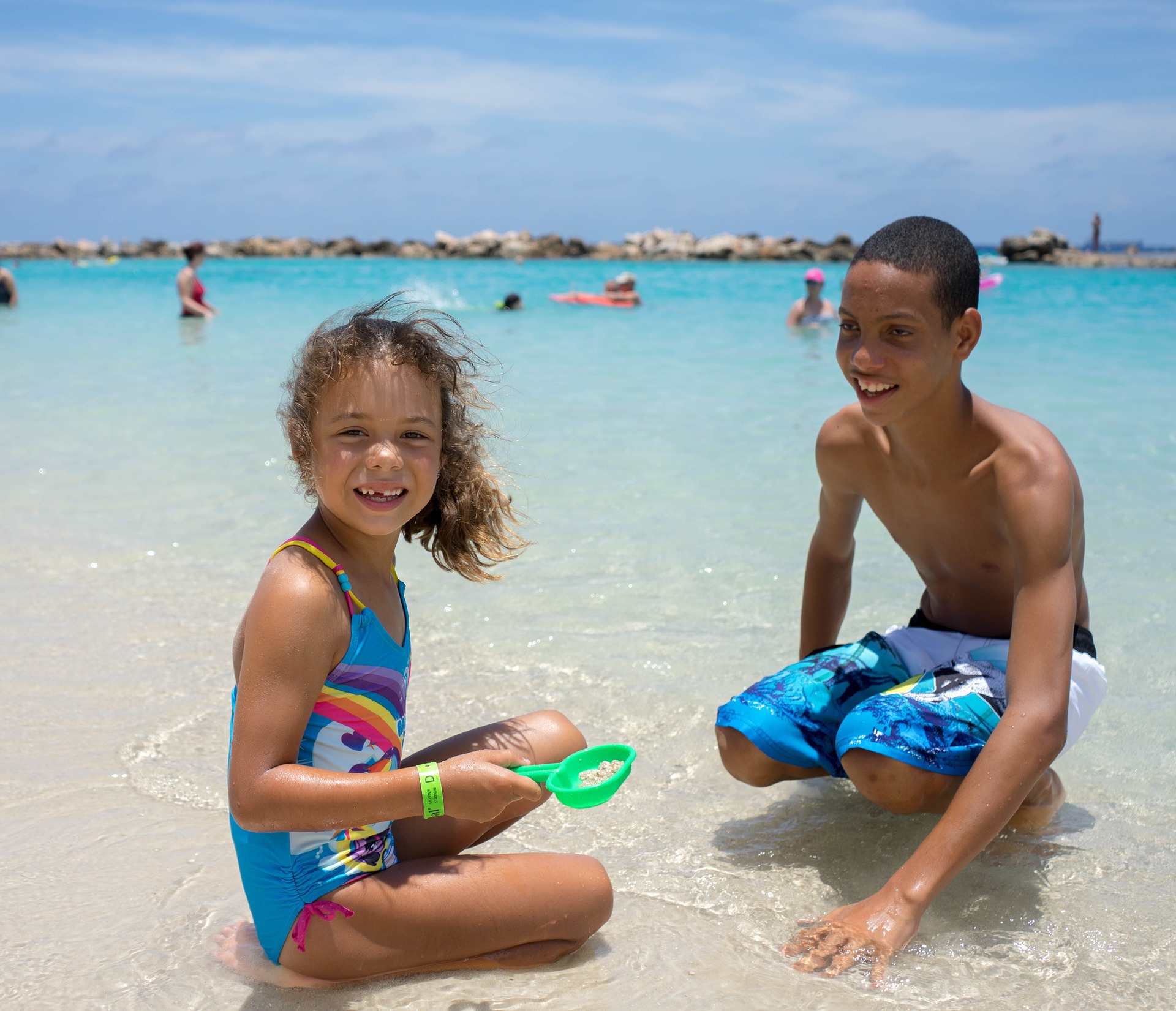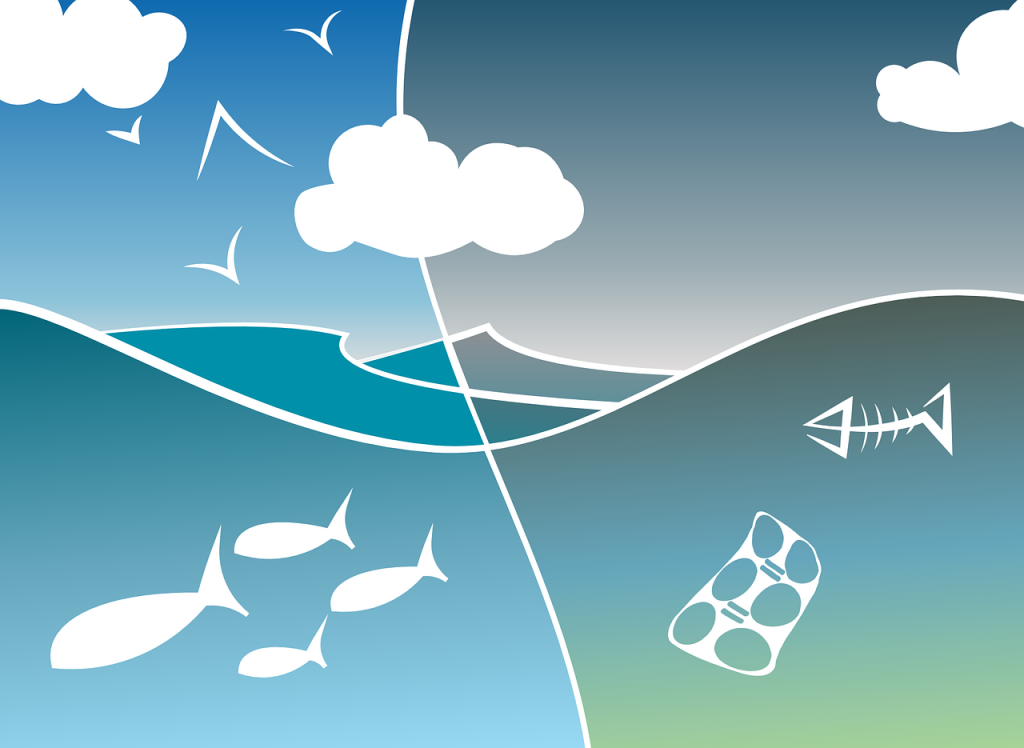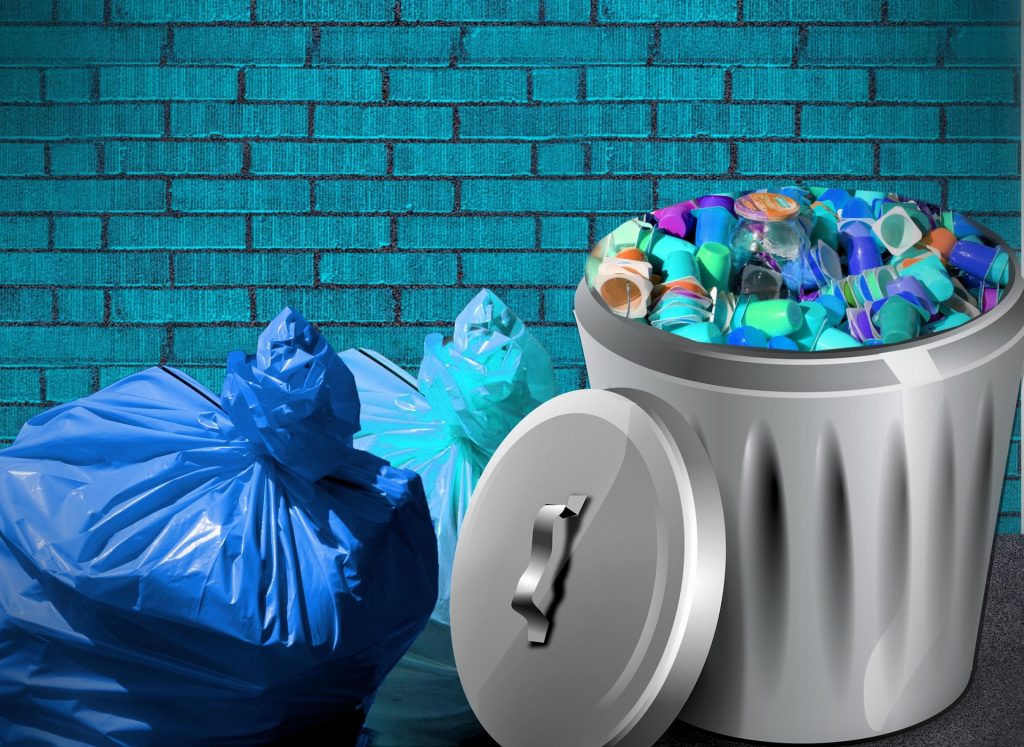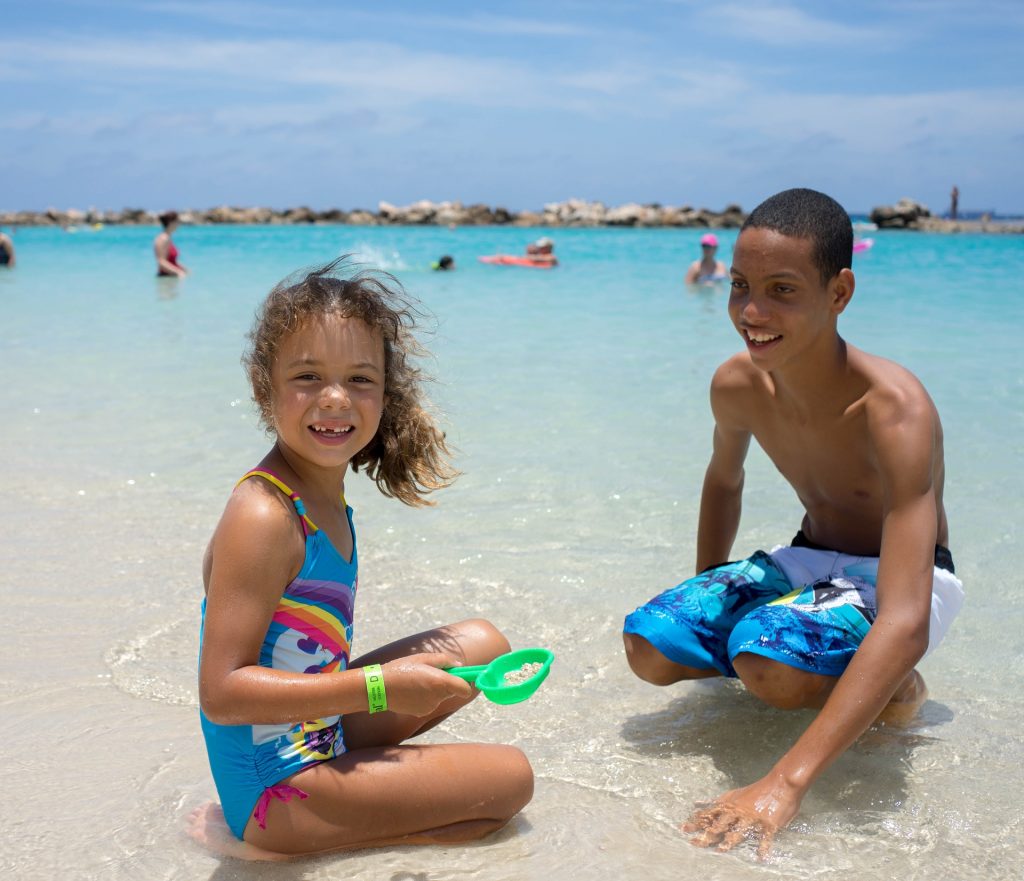
by Laura Parker Roerden
You are probably asking: How are single-use plastic and children’s resiliency related? Is there some new study that shows plastic effects children’s brains and their resiliency? No, there is not. But there are plenty of studies that show that children’s resiliency, or what we might have called “grit” in another generation, is tied to both their emotional intelligence and sense of self-efficacy or empowerment. Both can be served by following these 6 easy steps to ridding your family (and community) of single-use plastic. We think building healthy, resilient children, while protecting the health of our communities and our wildlife is a big win.
Children build resilience from learning how to problem solve and positively effect the world around them.
Most people skip Steps 1 through 3 and head right into action with step 4 instead. While it might sound most efficient to just fix a problem, real sustained behavioral change is difficult. To skip steps 1 through 3 would be like trying to plant a garden without first preparing the soil. These initial steps will create the right environment for change to grow. They are also critical to harnessing the potential that fixing a problem serves as a strength-building activity for children, rather than a despair-inducing one. Each step is recommended to be done as a whole family.
Step 1: Learn about the Problem and Solutions
There’s no need to delve too deeply into the many problems with single use plastic pollution. Stay away from “doom and gloom” information which shows an overwhelming scale to the problem or doesn’t offer solutions. The problem needs to be “right-sized” for a child. Pictures of a beach littered with plastic is fixable to a child. An image of a turtle with a straw in its nose is at a scale a child can understand and effect. Image after image of the entire sections of the earth covered in plastic is not helpful. It’s also best to follow the line of children’s own curiosity and questions. This will help ensure that they learn what they are ready to learn.
Use this great, short introduction video from the Plastic Pollution Coalition about the problem with single-use plastics and some possible solutions. Art can be particularly effective at helping young people to grasp a problem: see The Bow Seat Ocean Awareness Program for some inspiration examples or this poem from four-time Pushcart Prize nominee Tony Brown.
At the end of your exploration of the problem, start by summarizing your feelings about what you just learned. 1) Give children a chance to talk about their own feelings (don’t skip this). 2) Invite them to summarize the solutions they liked. 3) Ask if they have any more questions.
Do additional research to answer their questions. The Plastic Pollution Coalition has some great resources, as does the Story of Stuff and Activist Abby on Facebook, who began her amazing work on ending plastic pollution as a 13-year old! Always emphasize solutions. Ask if your family would like to do anything to reduce your own use in your family. If yes, continue!
Step 2: Identify the Top 6 Offenders in Your Home
Take a deep dive into your. . . yup, you guess it: garbage. While the goal is to understand the problem, still keep the focus on the solutions.
Look at a week or a month’s use of single use plastic. What are you recycling? What are you throwing away? What are your top 3 offenders in terms of plastic that you are currently recycling and top 3 in terms of plastic that is thrown away?
This list is your Top 6 Offenders.
Step 3: Identify and Evaluate the Solutions
Which items would be easy to either stop buying or replace with a non-disposable option. Have your children do the research. What are some of the solutions to each of your Top 6 Offenders?
Older children can look at an the economic impact of solving each of the Top 6 Offenders. Would you save money or would it cost money to stop using this particular single-use plastic? Some solutions are cheaper: i.e. replacing plastic disposable plates and cups use at large gatherings with a large set of cheap dishes and cups is an investment, but over time will save money. How long before that initial investment is paid off? If yogurt containers are a big offender, and your solution is to make home-made yogurt in glass jars, what would likely be a cost savings over time if you invest in a yogurt-maker for ease? If you needed to purchase sandwich keepers instead of using plastic wrap what would the cost be?
Now go through the top 6 offenders and chart feelings you would have if you no longer threw them away or recycled them. These feelings will become an important roadmap to your commitment to a goal and will offer insights into which problems are bothering your children the most. Perhaps an image of a seal that was caught in a six-pack ring really touched your child. This might be the thing he or she most wants to solve. Encourage very specific feeling words as you chart. Instead of just “happy,” ask, “what kind of happy” or “how happy?”
Step 4: Choose 3 Top Offenders to Address
Looking at your feeling charts and the economic impact, decide together as a family which 3 offenders from your list of Top 6 Offenders you’d like to solve. Choose the ones that you think would 1) be most realistic to solve and 2) feel best to solve.
We often chose unrealistic goals for our families that carry too little reward to be sufficient motivator to be successful. The goal here is to set your family up for an experience of success or empowerment. The process is even more important right now than progress, as this will become a foundation for later changes you make as a family. So think meaningfully about this together.
Commit together to the change you are making and how it will be done, i.e. if you’re replacing yogurt containers by making your own, specify who will make the yogurt and when. If you are no longer buying water decide who needs refillable water bottles and for what purpose? Do you need different ones for different sports? Who will be in charge of making sure everyone brings water bottles when you go places? etc.
Step 5: Create a Rewards Jar
On slips of paper brainstorm things you like to do together as a family that feel like a treat. Some examples might be: have breakfast for dinner; play a game; watch a movie; cook a meal together, to to the beach, etc. You might only need 20 items in the jar. As you meet small milestones, pull something from the jar and do it. You’ll be positively reinforcing the new behavior, as well as enjoying time together as a family.
Step 6: Join with Others
After you have solved these three problems in your home ask: How can you widen the circle of your influence to solve the problem at a larger scale? Where in your neighborhood, school, community, civic organizations, legislation can you join with others to reduce single-use plastic?
Being responsible for systemic change can be very empowering for young people. Plus it’s a lot more fun to do things with others. My own sons, ages 8 and 10 at time, were able to commit their entire school to stop using straws by creating posters about the problem and talking to their principal.
Again, look for right-sized problems to tackle. Can you raise money to green your baseball or soccer fields by installing water bottle filling stations? Or can the girl scouts/boys scouts join with you to install recycling buckets in strategic places around town? Is your town ready to ban single use plastic bags? Or do you want to work with a local business to green their restaurant or create petitions to stop the packaging of soda in six-pack plastic rings in corporations?
Be sure to have the children do the math to estimate just how many straws or water bottles, etc. they saved from their initiative. The sheer scale of a solution will go a long way to teaching young people both self-efficacy and civic engagement.
Repeat the above steps in your larger group and grow your circle of influence. There’s no telling where you’ll end up!
 Laura Parker Roerden is the founder and executive director of Ocean Matters and the former managing editor of Educators for Social Responsibility and New Designs for Youth Development. She has served on the boards of Women Working for Oceans (W20) and Earth, Ltd. and is a member of the Pleiades Network of Women in Sustainability.
Laura Parker Roerden is the founder and executive director of Ocean Matters and the former managing editor of Educators for Social Responsibility and New Designs for Youth Development. She has served on the boards of Women Working for Oceans (W20) and Earth, Ltd. and is a member of the Pleiades Network of Women in Sustainability.



4 thoughts on “6 Steps for Solving Single-Use Plastic While Building Resilient Children”
Comments are closed.